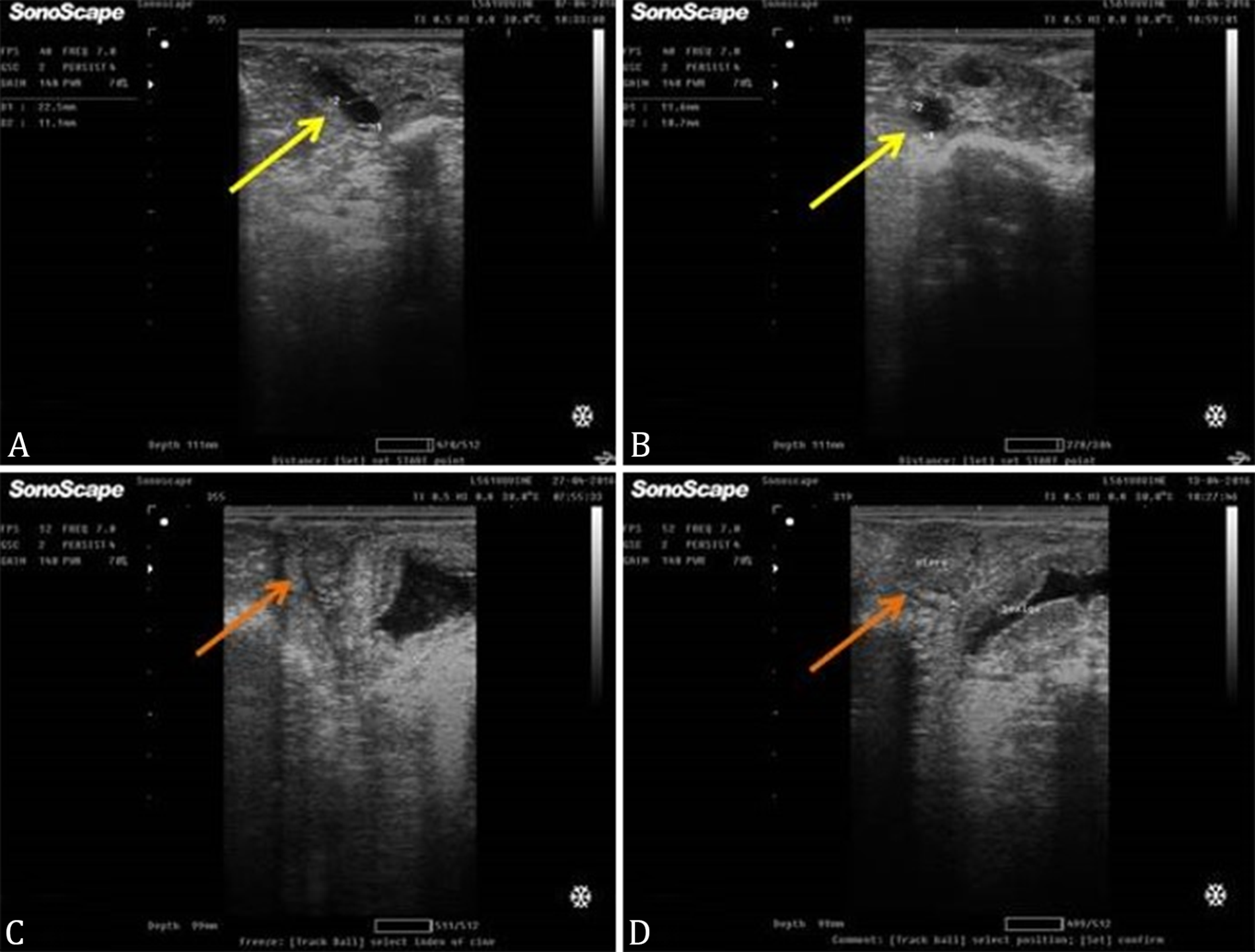ABSTRACT:
Determining if reproductive failures in ewes at the semiarid region in the state of Bahia are related to the consumption of the species Cenostigma pyramidale (Tul.) Gagnon & G.P. Lewis, and this study was developed using pregnant ewes divided into six groups: G1, G2, G3, G4 with six animals each, G5 and G6 with ten animals. Each group received fence leaves in the proportion of 1%, 2%, 0.5%, and 0.25% of live weight (LW) respectively; G5 and G6, with ten animals each, receiving 0.25% and 0.5% of the LW, respectively, and the Control Group, comprising 16 ewes, were grass feeding (Cynodon dactylon). Ewes from G1 to G4 were the same, except for two, and started ingestion of the plant four days after ending of natural mating on the 80th day of gestation, while those regarding from G5 to G6 groups started ingestion on the 26th day of gestation ending on the 98 day. The ultrasonographic test was performed weekly. In G1 ewes (1%), there was an embryonic loss on the 32nd and 39th days of gestation and abortion on the 46th day. In G2 (2%), the embryo loss was earlier (on the 26th day of gestation), and abortion on the 46th day of gestation. In G3 group (0.5%), there was an embryonic loss around the 40th day of gestation. In G4 group (0.25%), it was observed the occurrence of one death lamb with bone malformations. In G6 (0.5%), abortion occurred later (108 days), followed by retained placenta. This was also verified in G5 group (0.25%). The presence of fetal malformation was found in death lambs born in G4 group, born alive from G5 and G6 groups, and one aborted from G6. In G5 and G6 groups, there were also genetic alterations on surviving lambs. In addition to these results, recurrent estrus was observed without gestation in G1, G2, G3, and G4 ewes. From the Control Group, 13 normal lambs were born without genetic alterations; furthermore, concerning a quadruple birth, three lambs were born dead. The results infer that species of C. pyramidale in low doses causes reproductive losses in pregnant ewes, therefore it is not recommended for sheep diet over the first 60 days of gestation.
INDEX TERMS:
Embryonic loss; abortion; malformation; ewes; Cenostigma pyramidale; hay; reproductive losses; teratogenic plant; sheep; catingueira

 Thumbnail
Thumbnail
 Thumbnail
Thumbnail
 Thumbnail
Thumbnail
 Thumbnail
Thumbnail
 Thumbnail
Thumbnail
 Thumbnail
Thumbnail
 Thumbnail
Thumbnail






